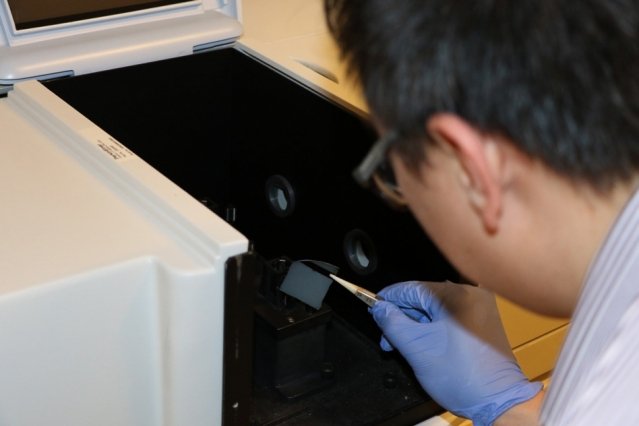Solar thermal energy (STE) is a form of energy and a technology for harnessing solar energy to generate thermal energy or electrical energy. Instead of using fossil fuels, the solar thermal technology uses the sun’s energy to generate thermal energy. This thermal energy is environment free and has low cost. This energy is used to heat water or other fluids, and can also power solar cooling systems. This system is different from solar photovoltaic (PV) systems, which generate electricity instead of heat.
By absorbing sunlight, a solar thermal collector collects heat. A collector is a device for storing sun radiations. It is in the form of electromagnetic radiation from the long to the (short) wavelengths. The term “solar collector” commonly refers to solar hot water panels, solar parabolic troughs, and solar towers; or basic installations such as solar air heaters. There are many types of solar collectors available.
A few days ago, we have read about MITs SPTV: New solar cell converts sun’s heat into usable energy. It is a working solar thermophotovoltaic device. It consists of the layer that absorbs heat and light from sunlight and reflects it back out as light. The nearby solar cell captured that light and turn it into power. It has the abolition of 80% of unconvertible photons by pairing a one-dimensional photonic crystal selective emitter with a tandem plasma interference optical filter.
A team of researchers at MIT and the Masdar Institute of Science and Technology have recently developed a new way to boost the amount of solar energy that can be transformed into heat. They have developed a novel device known as a solar absorber. This device could help to make continuous technologies that are more efficient and affordable, depends on upon the solar heat.
This technique is very simple and costs effective to create solar absorbers that can harness a greater share of the solar spectrum. Thus, it increases solar absorber effectiveness and also maintains low emission levels.
Nicholas X. Fang, professor of mechanical engineering at MIT and co-principal investigator of the project, said: “We are very excited that this MIT-Masdar Institute collaboration has led to new insights in the emerging field of plasmonics, which quantifies the interactions between the electromagnetic field and free electrons in a metal. By trapping sunlight with plasmonics, the solar absorber developed by our team can achieve higher efficiency levels. We look forward to testing the overall solar conversion efficiency of the coating materials in the next step of our research.”
The team designs this new device with small holes having a diameter of fewer than 400 nanometres. This is near about 1/200 the width of a human hair and can be cut into the absorber at regular intervals.
This tiny hole diffuses the whole absorber by considerably upgrading the range of solar energy that can be absorbed. This device can absorb near about 90 percent of all the wavelengths of light that reach Earth’s surface. This device consists of two layers. The first layer is a semiconductor film and the second layer is a reflective metallic layer. The thickness of this device is only 170 nanometres.
Masdar Institute postdoc Jin You Lu, the paper’s lead author along with MIT postdoc Sang Hoon Nam, “This idea can be applied to most conventional solar absorbers. With this unique patterning, the absorbers can be boosted to harvest more solar energy from the ultraviolet and visible regions of the electromagnetic spectrum.”
For optimizing a solar absorber’s effectiveness, it is attractive to increase the solar absorption and reduce the thermal radiation of heat from the absorber. Although, it is challenging to develop a solar absorber that can absorb a high amount of sunlight during maintaining the low thermal radiation losses. Its temperature increases, while the solar absorber absorbs more energy. It causes it to lose energy in the form of thermal radiation.
Lu said, “The sweet spot of a solar absorber then, is that point when optimal levels of sunlight are absorbed with the least amount of energy escaping back into the atmosphere through radiation.” He believes that they may found this sweet spot.
“By taking advantage of the ultrathin film coatings and patterning, we are able to maximize the absorption spectrum while keeping the solar absorber’s emission levels quite low,” he then said.
